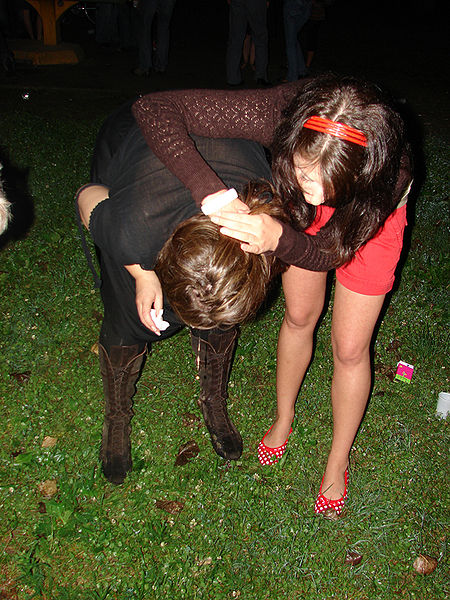I read the 1996 New York Time Magazine article “James Is a Girl” some time ago but hadn’t recalled that it was written by Jennifer Egan, who has, of course, since become a hugely acclaimed novelist. The titular girl with the boy’s name was the 16-year-old Nebraska-born model James King, a scary mix of adult and child, who is known today as the actress Jaime King. Unmentioned in the piece was that the teen already had a raging heroin habit. An excerpt:
“When James has finished her breakfast — tea, a small pain au chocolat and a chain of Marlboros — I walk with her and Samersova to the Theatre des Champs-Elysees, where the Galliano show is to take place. Despite the balmy weather, Paris has been a mess — a general strike and the resulting gridlock have filled the air with a throat-scorching smog; the proliferation of terrorist bombs in subways and garbage cans has led to a heavy police presence on the streets. Yet the fashion world feels eerily removed from all this. At the backstage entrance to the Galliano show, the most pressing question is who will get in and who won’t. Fashion shows used to be sedate affairs catering mostly to magazine editors and department-store buyers. Now that models have become icons, the shows have about them an air of exquisite urgency: they’re cultural high-low events, like a Stones concert in the 1970’s.
Though the show isn’t scheduled to start until 6:30 P.M., models like James who aren’t yet stars are summoned hours ahead to have their hair and makeup done, so that the top models can arrive last and enjoy the full attention of the staff members. In a windowless backstage area, time drifts by on a languorous haze of smoke and hair spray and blow-dryer heat. A dance beat throbs unnoticed, like a pulse. James sips a can of Heineken and smokes. She picked up a horrible cough in Milan and developed shingles on her back from stress — a wide brush stroke of tiny purple blisters that she takes obvious glee in showing people. Samersova nags at her to take her medicine.
James likes to tell people that she and Samersova are Tauruses. ‘I mean she is the second me,’ James says. ‘That’s why I bring her here, because I know that when I’m too frazzled to make a rational decision I can trust her because we think exactly the same. I mean she’s like a boyfriend but not.’
James seems quite childlike at times — she’s easily distracted, prone to slouching and staring into space, then snapping to attention in a fit of enthusiasm. She’s physically affectionate in a sweet, unself-conscious way, always hugging people and leaning against them. She can be insecure, like the time she accused a Company Management driver of preferring to drive another model rather than herself, then stalked away, looking as if she might cry. Yet other moments she seems much older than 16, so jaded as to be unshockable. She has a pierced nipple, a large tattoo of a winged fairy on her lower back, refers to people in their 20’s as ‘kids’ and frequently invokes her ‘whole life,’ as if this were an endless expanse of time. These contradictions are all present, somehow, in her face, which looks freshly minted in its innocence yet, somehow, knowing.”























